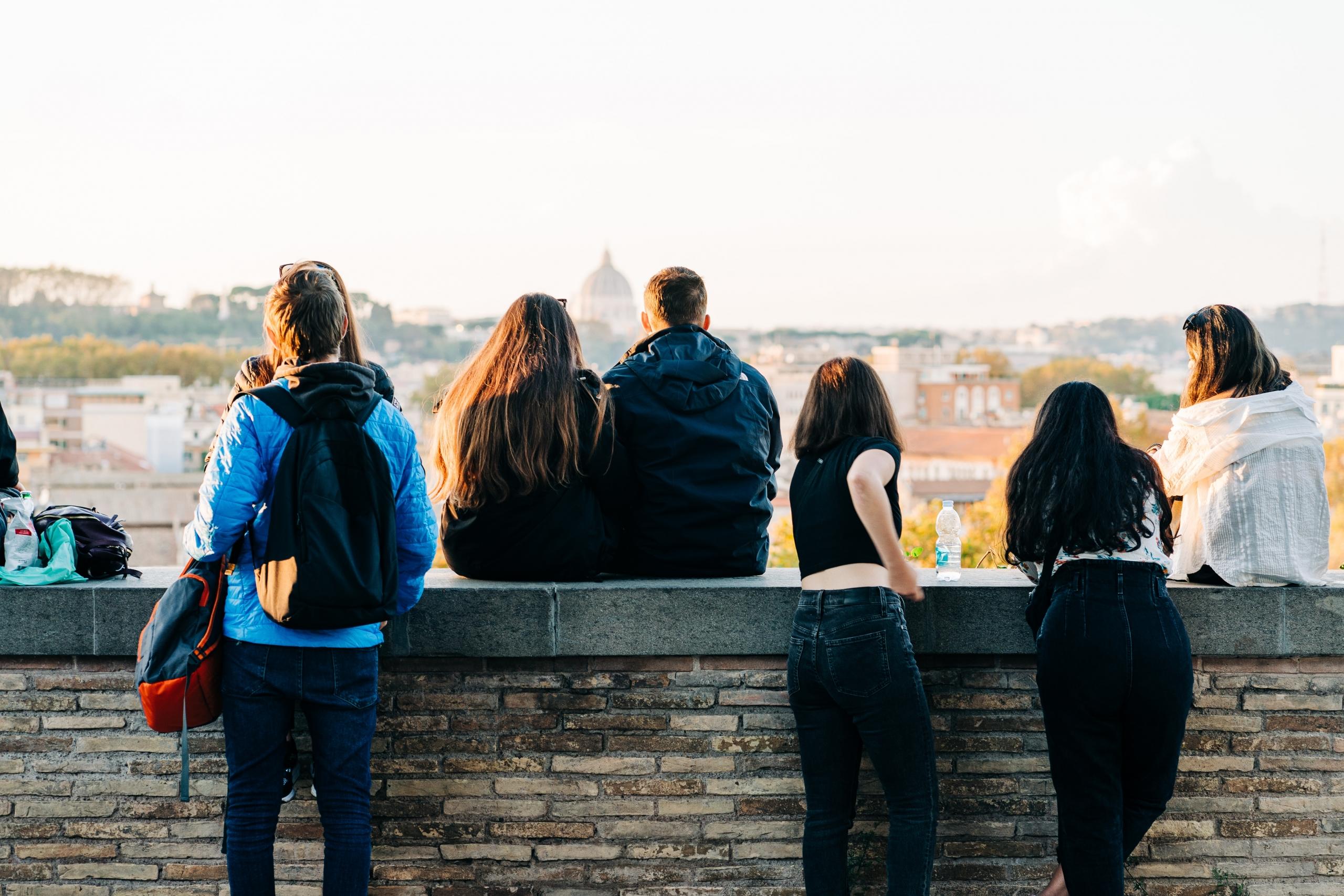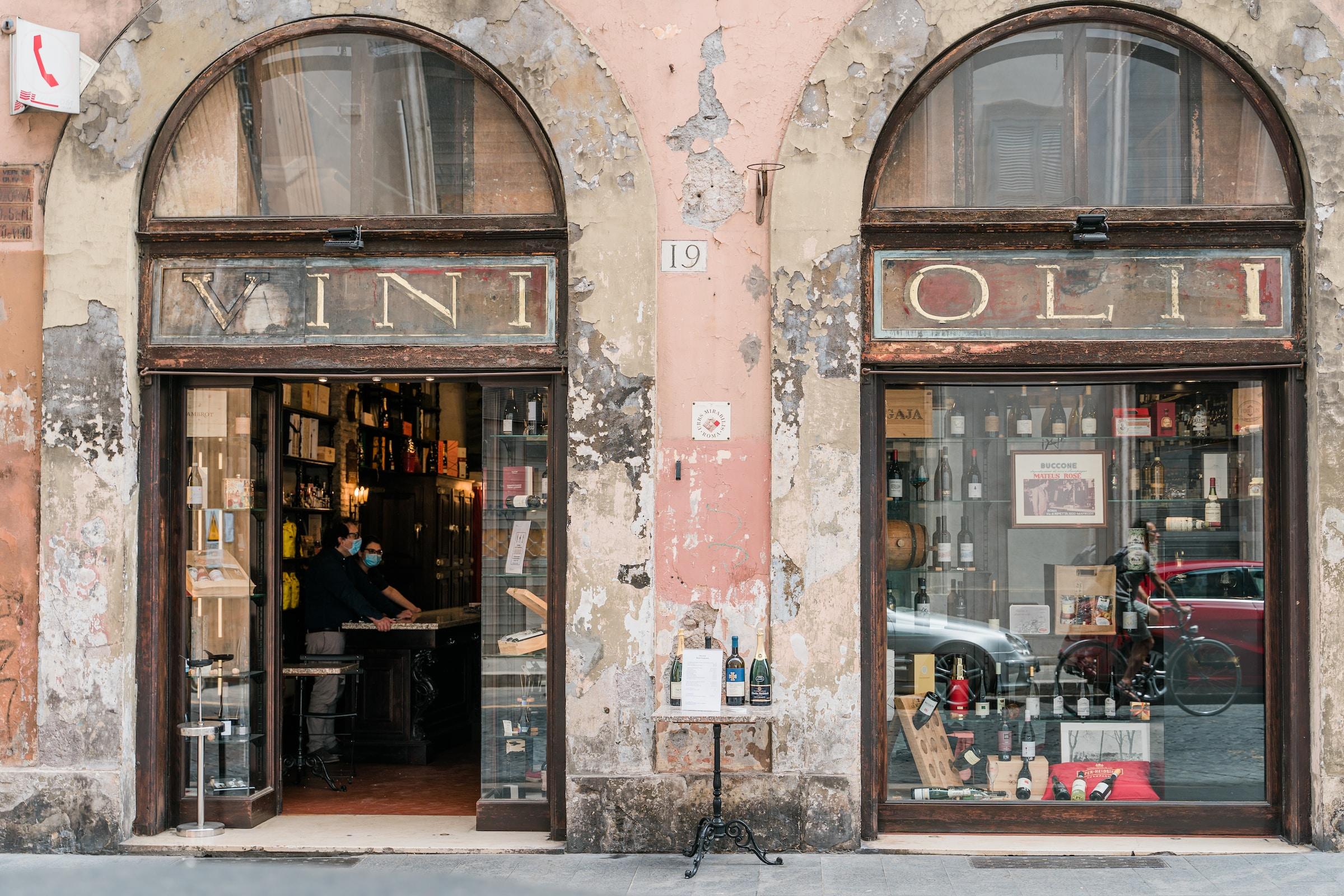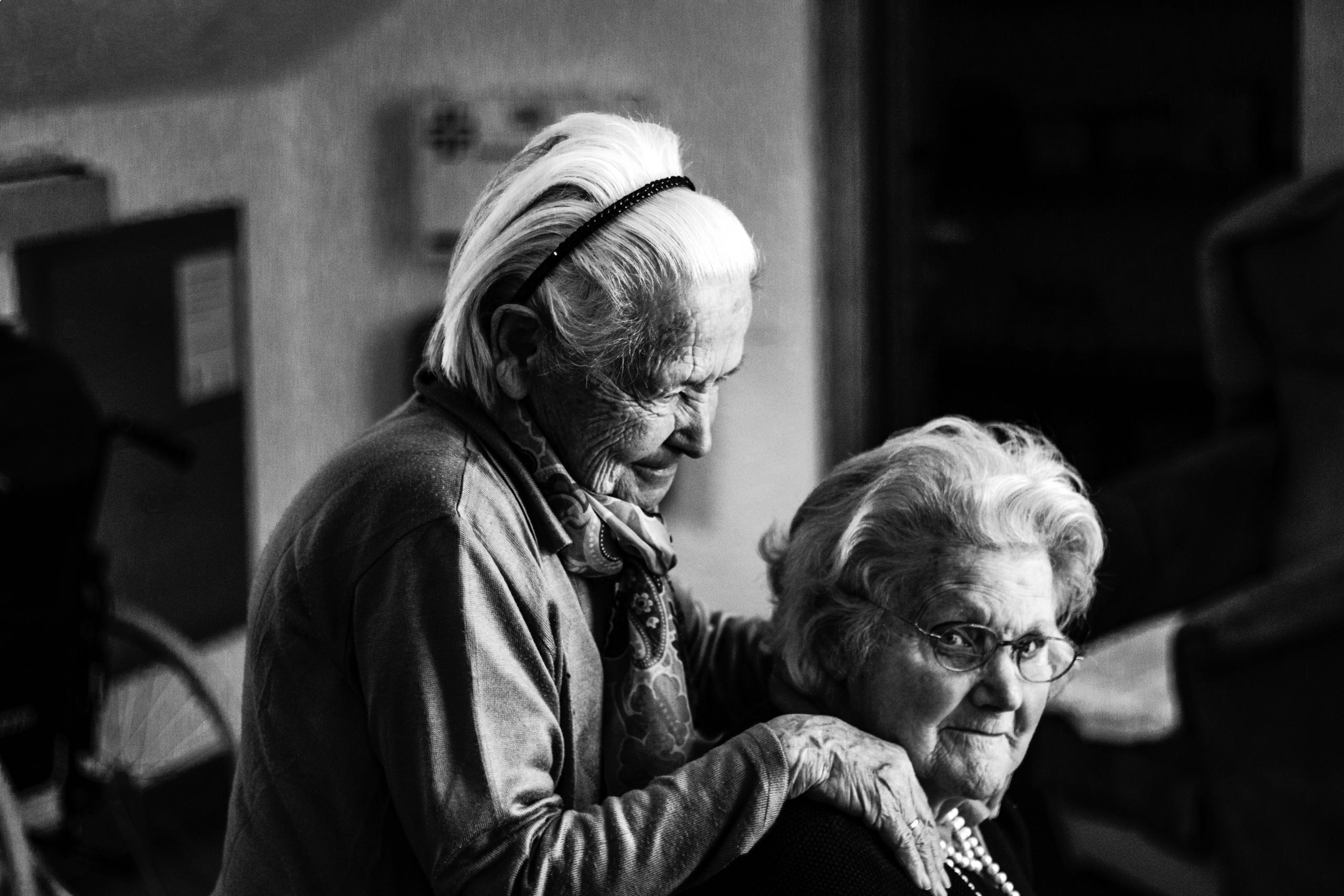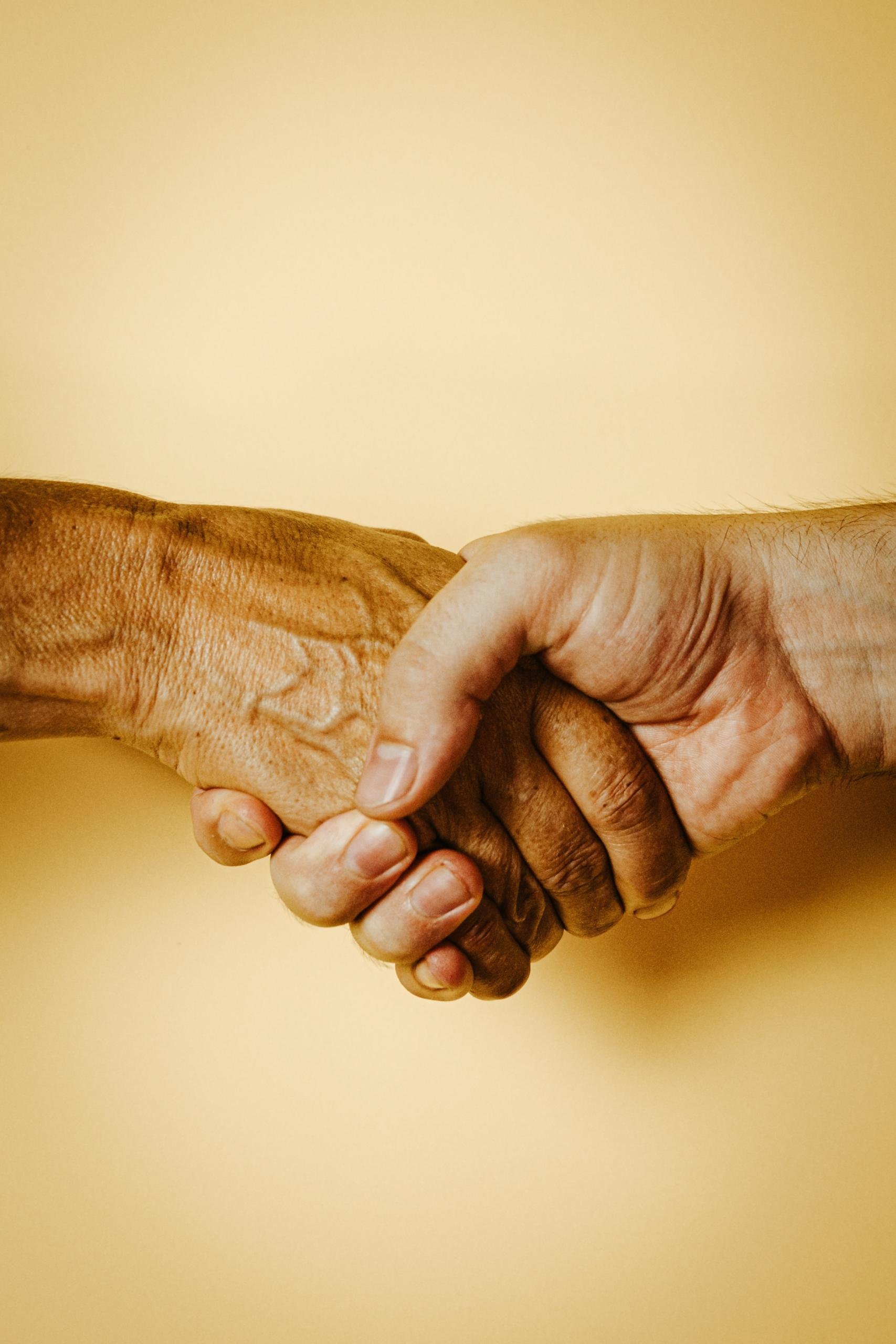
Introduction: The Art of Introduction
Saying hello is one of the most fundamental skills in any language, and when learning a new language, it is often the skill that we learn first. In learning Italian, this is hardly any different, however greeting one another correctly is arguably even more important in Italian culture than some others.
Italy is a country whose culture depends very much on the adherence to tradition and family values, and part of such tradition is to welcome each and every day with enthusiasm.
This is primarily because unlike some other cultures, where our communications are reflective of our current feelings and emotions, in Italy there is an etiquette behind everyday interactions.
Not offering a smile and direct eye contact while greeting someone with a handshake is considered rude and even a sign of disliking a person. So before you make any such mistake, why not freshen up your knowledge on Italian greetings with this article.
While you’re here, you can also check out some of the best Italian tutors near you via the Superprof Blog!

Bongiorno and Other Simple Greetings:
Saying hello in Italian can differ, depending on a lot of factors. Sometimes, it’s just the time of day, but other times, it might be the formality, the audience, or a great many other things.
To start with, the simplest greeting that you’re likely to hear is ‘Ciao’, this phrase can be used both to say hello and goodbye, but the most important thing to remember is that it’s informal, therefore to be avoided when trying to be polite and when properly meeting someone for the first time.
As with English, Italian distinguishes its greetings based on the time of day. In the morning, our ‘good morning’ would be replaced by the Italian alternative ‘bongiorno’. As for the other times of day.
- Good Afternoon = Buon Pomeriggio
- Buonasera = Good Evening
- Buonanotte = Goodnight
What about the formal equivalent of ciao? How do we say hello to someone politely? The answer is ‘salve’. You might notice that the word is very similar to the word ‘salute’ which is the English word for a military greeting.
This shows the roots that our language shares with Italian. In Italian, ‘salute’ refers to health, and it's common in the romance languages to wish someone good health as a greeting.
Another useful thing to learn might be how to ask someone for their name. If you want to do this in Italian, try asking ‘Come si chiama?’. Before this you might want to lead with ‘Piacere’ which means ‘nice to meet you’, but literally translates to ‘pleasure’ as in ‘pleased to meet you’.
You might also want to ask someone how they are doing. The most common way of doing this is with ‘Come stai?’, which is the informal version of ‘come sta?’. Both of these essentially translate to ‘how are you?’.
If you are curious about the Italian lessons London has to offer then you might want to search online for language schools that operate in the city.
Greeting Etiquette: Making a good First Impression
When meeting someone in Italy, even though Italians are a welcoming and friendly people, it can be easy to make a wrong impression if you go in with the wrong ideas.
The main factors to consider before doing anything are as follows:
- What is your relation to this person?
- Is this your first time meeting them?
- What is the formality of the occasion?
- Is the person a man or a woman?
- Are you a guest, or perhaps even a host?
Before you even arrive at the meeting, you need to consider the context of the meetings you might have. In Italy, regardless of the formality, it is a social expectation to present oneself in a dignified and at the very least hygienic manner.
Even though style is a big deal in lots of places, you’re more unlikely than ever to see careless hairstyles, unkempt beards and uncoordinated outfits in Italy. Try your best to dress well and present yourself smartly.
Next up are pronouns. When meeting someone for the first time, using ‘Tu’ to refer to someone is considered rude. Instead, opt for the formal second-person pronoun ‘Lei’.
In addition to this, make sure to use the Italian equivalents of ‘Mr and Mrs’, ‘Signore and Signora. ‘Tu’ is not always rude, but instead it’s something that you can use to address more familiar people like friends and family.
Simultaneously, you might want to brush up your handshaking skills as the Italians like theirs brisk, firm, confident and accompanied by direct eye contact.
In many cases, you might be a guest in some way or another, so it’s also important that we go over what to do if you’ve been invited to someone's home. Firstly, it’s commonplace, especially if your relationship to the person is infrequent and formal, to bring a small gift when you’re a guest.
For most people, this will be a bottle of wine, some chocolates, or maybe some flowers if you’d like to avoid those kinds of indulgences, however that brings us onto another point…
The gift you bring as a guest should never be bought with the expectation of sharing there and then, but instead as a gift to be set aside for the host to enjoy later. Sometimes a grateful host might want to pop the cork on some gifted wine, but this is not a social expectation by any means.
Finally, let’s talk about punctuality. In a business context, timing is the same as pretty much anywhere else in the world, snappy, precise and deliberate, however in social meetings, it is quite common in Italy to show up slightly after the arranged time.
Don’t be shocked if you show up on time and the host is surprised to see you! A little bit of laxness is normal in Italian planning.


The European Greeting Kiss: It’s not Flirting!
One cultural phenomenon that some outsiders have trouble getting used to is the greeting kiss, which is typically exchanged between friends and relatives in Italy and other European countries.
Unless you have friends and family in Italy, it’s quite unlikely that you will unexpectedly be on the receiving end of such a behaviour. However, some of the more extroverted and trusting Italians you meet might be in the habit of including the gesture regardless of who they are meeting.
That’s why it's good to be prepared for such a situation.
The standard greeting kiss is a pursed lipped peck on both cheeks, starting with each other's left. It’s very important to note that this kiss is not a direct kiss but more of an ‘air kiss’. It might feel as if the participants are ‘missing’ with their kiss, but that is just part of the gesture itself.
Furthermore, it is also the reason that the manoeuvre is not as intimate as it might appear outwardly.
So while this tradition might be intimidating for those who aren’t familiar with it, once you get to know it, it will be as easy as a handshake.
Cultural Respect of Seniority: How to Treat Elders
When interacting with elderly people in Italy, all the aforementioned rules are even more important than before. The reason is that all the rules we’ve discussed so far are part of showing respect, which is even more important when it comes to the Italians.
For example, when making the transition from using formal vs informal pronouns, it’s prudent to let the older person in the relationship call the shots and decide when it's time to switch to the more casual variation.
In addition to upholding the basic courtesies to their fullest, it is expected of Italians to provide additional help and assistance to elderly people whenever possible; this might be reaching down to pick something up for them, opening doors for them, or helping them to stand.
Italians also recognise that older people might have a trickier time than the rest of us when taking part in snappy modern conversations, which are filled with modern vernacular and esoteric subjects.
Part of the extra effort Italians make towards the elderly is to make sure that they feel included in conversations and to listen to them with care and attentiveness when they speak, in order to show respect and to value their wisdom and experience.
The Flip Side: How to Say “Goodbye” in Italian
The last thing we’ll look at today is, fittingly: How to say goodbye.
In Italian, saying goodbye is done in three different levels of formality or ‘casualness’.
- Arrivederci: This farewell is the most common and used in casual and semiformal contexts. It is roughly translated to mean, ‘Until the next time we meet’, so naturally it is most often used between people who are likely to see each other again, like friends, relatives, colleagues etc….
- Addio: This is the more formal farewell, but more important than formality is the time between meetings. This goodbye is linguistically more permanent and is therefore used in settings when either you are meeting someone for the first and possibly last time. Or to add sincerity to a goodbye when you know you won’t be seeing someone again for quite some time.
- Ciao: Finally, we have our familiar greeting ‘Ciao’ which works just as well as a very casual means of saying goodbye.

Afterword:
Thank you so much for reading this article! We hope you were able to learn something about how Italians handle greeting each other in their day-to-day lives.
A quick search for Italian classes near me will give you an idea of the options that are available in your area.
If you’re interested in learning more about Italian, or finding a tutor to guide you in your language learning journey, make sure to check out Superprof’s service. It is all about getting you in touch with the best tutors near you and galvanising your learning experience.
We hope to see you again soon!















